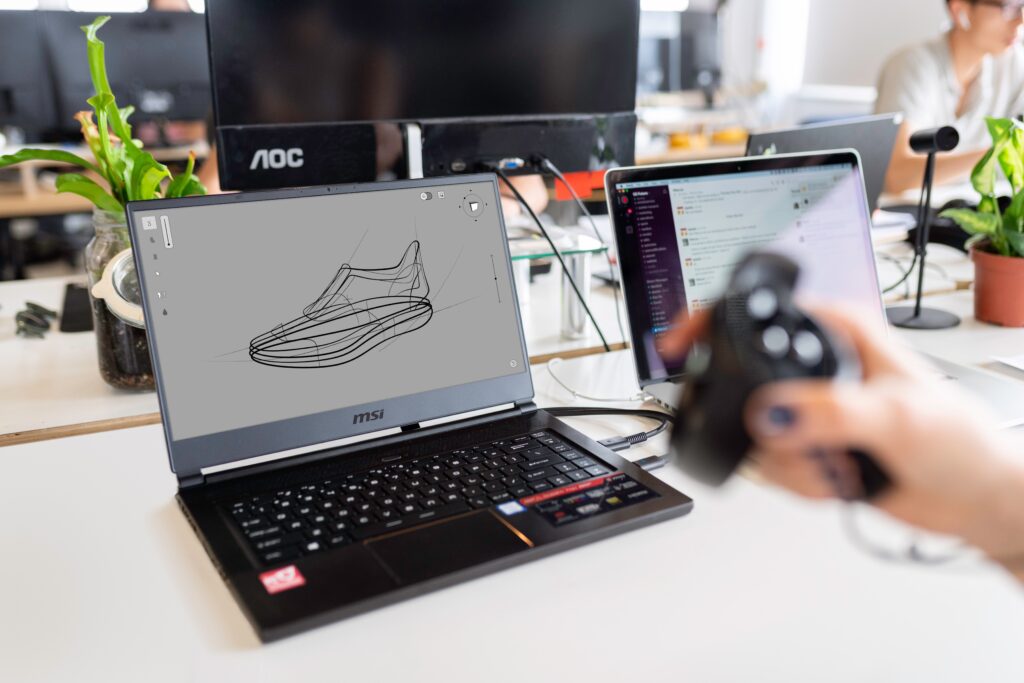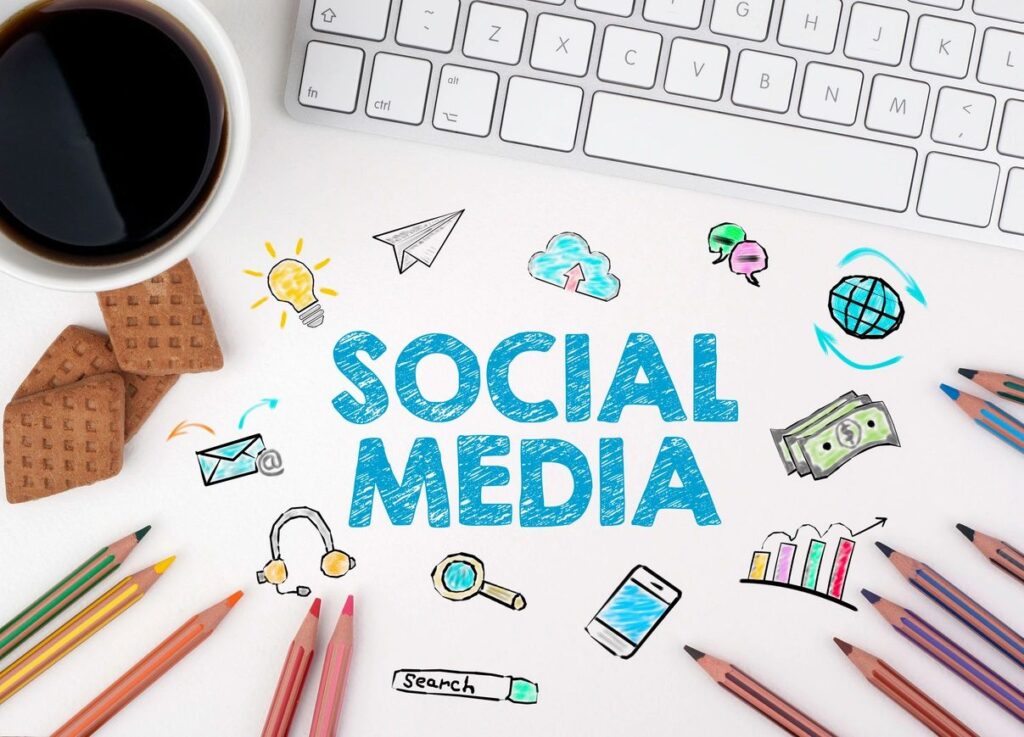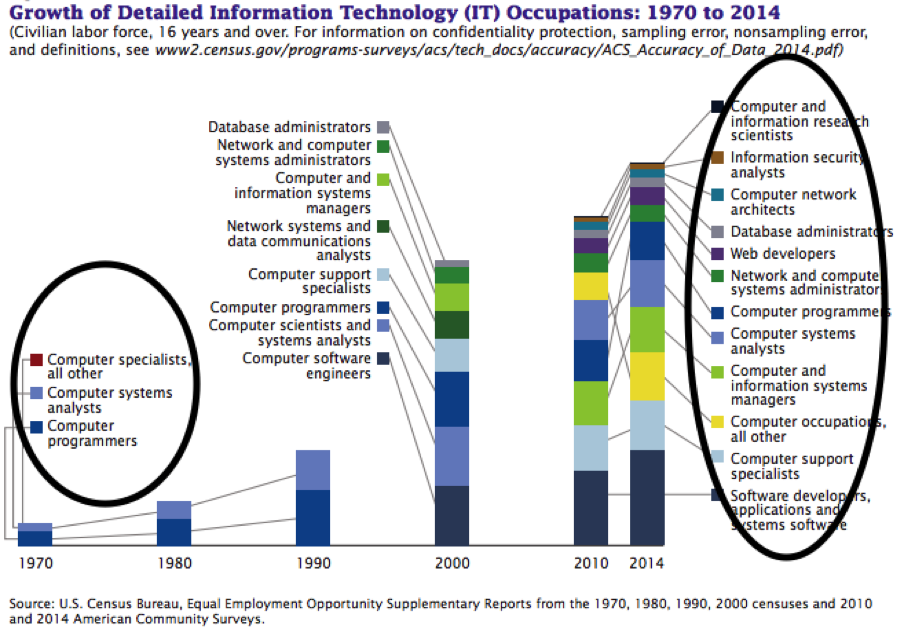Animation Studios in Long Island Part 2
Animation Studios in Long Island Part 2

I’ve said in my previous blog that “Art/Animation is a medium I have the utmost respect for.” And I still stand by that. I am writing a 2nd part to this blog because I will make it my mission to convince you the viewer and the populace to open various animation studios on Long Island and give animators & storyboarding artists young & old job opportunities.
If you didn’t read it yet, here is Part 1 of the previous blog: Animation Studios in Long Island
There is plenty of empty buildings to rent out, next to a local barber shop or a convenience store. And when you do find the right building to open your animation studio, you’ll need a layout of how the office SHOULD look.
I am by no means an architect and it depends on how big or small the building itself is. But when first starting out, it’s important to keep the layout of the office simple. Even if it means having 2-4 cubicles, computers, drawing tablets, etc.

This image is from Santa Monica Animation Studio based in California Keep in mind that there are some things. Santa Monica Animation studio has been around for a long time and has significant changes to their office layouts. I know I said, it’s important to keep it simple but I used this as an example to give you an idea of how an animation office should look. But you are free to customize it to your likeness.
I would like to use another animation studio office layout as an example. This one is based in Tokyo Japan. Eastern offices have a completely different layout than in the west. But after taking a glimpse of the inside of Studio Mappa’s office, you could surely sprout ideas to your liking.
I’m showing you these examples because it’s important to be presentable. You’re not just showing off your office to animators & storyboarding artists who are trying to look for a job, you’re presenting your studio and its employees to inverters, and publishing companies who wish to do business with you & to see if your studio can meet their standards.




 Since the information technology (IT) boom in the 1990’s IT workers more than doubled between 1990 and 2000. The chart below from the U.S. Census shows the growth since 1970 and the diversity of jobs that are available to IT professionals.
Since the information technology (IT) boom in the 1990’s IT workers more than doubled between 1990 and 2000. The chart below from the U.S. Census shows the growth since 1970 and the diversity of jobs that are available to IT professionals.
